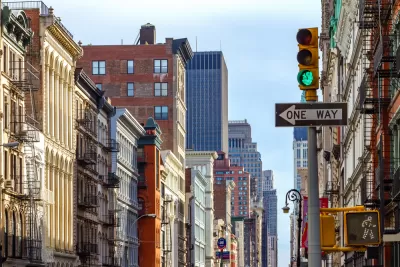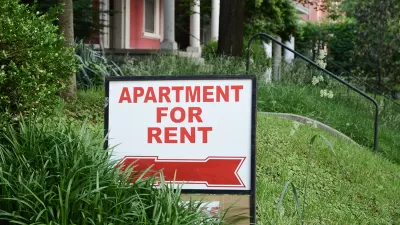The rent increases, which the Rent Guidelines Board deemed necessary to support “mom and pop” landlords, will affect two million residents.

“A New York City panel that regulates the rents for roughly one million rent-stabilized apartments approved the highest increases in almost a decade on Tuesday, after property owners said they were being pinched by taxes and rising expenses.” As reported by Mihir Zaveri in The New York Times, the Rent Guidelines Board voted to raise rents by 3.25 percent for one-year leases and 5 percent for two-year leases, affecting around two million New Yorkers. According to a separate article in Bloomberg, only 23 percent of New York residents can currently afford the city’s median rent.
“At the panel’s public hearing last week in the Bronx, more than 60 of roughly 70 speakers were tenants, tenant advocates and elected officials who argued for a rent decrease or a rent freeze.” Meanwhile, landlords say they need even higher rent increases to stay in business and make needed upgrades to buildings.
Defending the panel’s decision, Mayor Eric Adams, in a statement, said “small landlords are at risk of bankruptcy because of years of no increases at all, putting building owners of modest means at risk while threatening the quality of life for tenants who deserve to live in well-maintained, modern buildings.” Zaveri points out that while Mayor Adams and landlord groups highlight the plight of “mom and pop” landlords, “more than 60 percent of rent-stabilized homes are owned by landlords with portfolios of more than 1,000 units overall.”
FULL STORY: Rents Will Rise by at Least 3.25 Percent for 2 Million New Yorkers

Study: Maui’s Plan to Convert Vacation Rentals to Long-Term Housing Could Cause Nearly $1 Billion Economic Loss
The plan would reduce visitor accommodation by 25,% resulting in 1,900 jobs lost.

North Texas Transit Leaders Tout Benefits of TOD for Growing Region
At a summit focused on transit-oriented development, policymakers discussed how North Texas’ expanded light rail system can serve as a tool for economic growth.

Using Old Oil and Gas Wells for Green Energy Storage
Penn State researchers have found that repurposing abandoned oil and gas wells for geothermal-assisted compressed-air energy storage can boost efficiency, reduce environmental risks, and support clean energy and job transitions.

How Madison’s Tree Planting Efforts Are Growing a Healthier Community
Madison’s annual tree planting initiative is enhancing environmental resilience, public health, and community livability by adding 1,400 carefully selected trees citywide, with strong community and institutional support for urban forestry.

Texas State Bills Could Kill Transit Funding in Dallas, Austin
State lawmakers could pull funding from the state’s largest transit agency and the ambitious Project Connect, a voter-approved transit project in Austin.

Opinion: DC Encampment Sweeps Hide, but Don’t Solve, Homelessness
President Trump recently ordered the clearing of encampments built by unhoused people on federal land in Washington, D.C.
Urban Design for Planners 1: Software Tools
This six-course series explores essential urban design concepts using open source software and equips planners with the tools they need to participate fully in the urban design process.
Planning for Universal Design
Learn the tools for implementing Universal Design in planning regulations.
Ascent Environmental
Borough of Carlisle
Institute for Housing and Urban Development Studies (IHS)
City of Grandview
Harvard GSD Executive Education
Toledo-Lucas County Plan Commissions
Salt Lake City
NYU Wagner Graduate School of Public Service





























